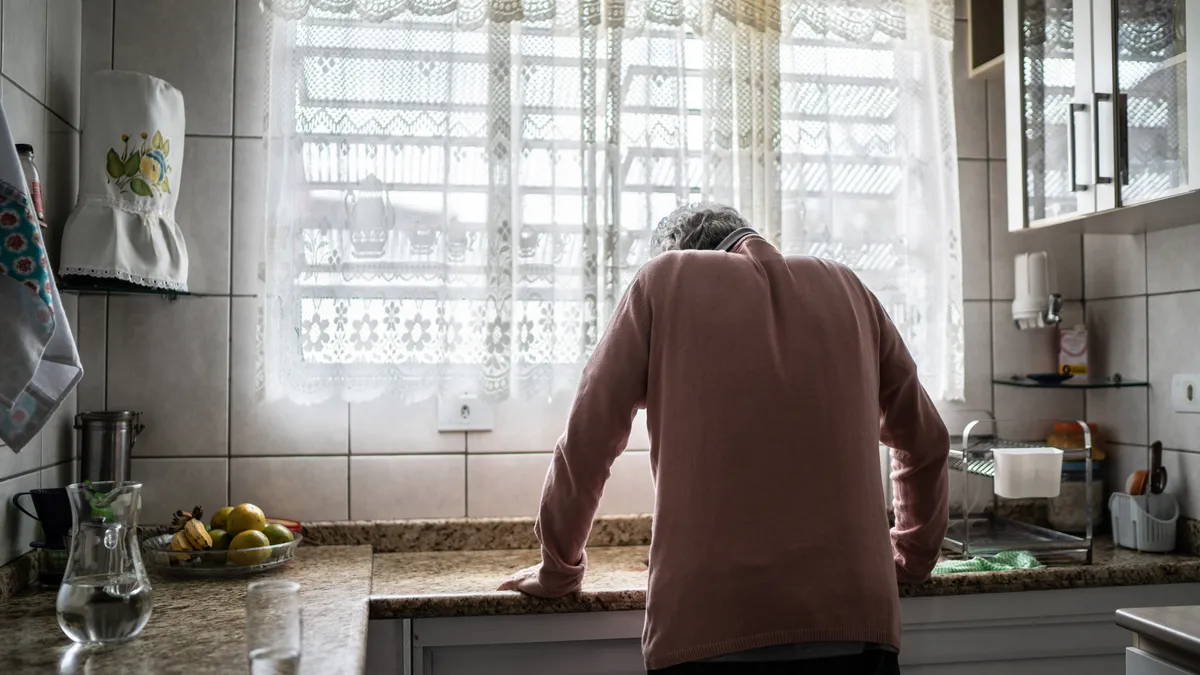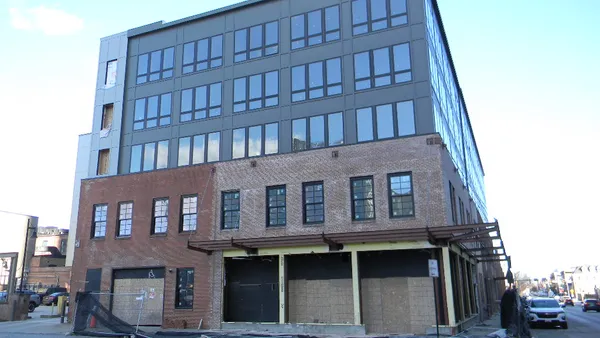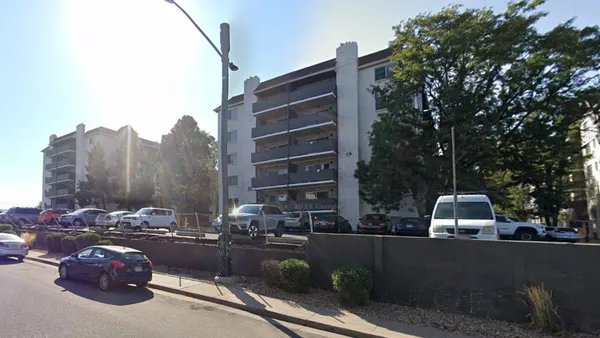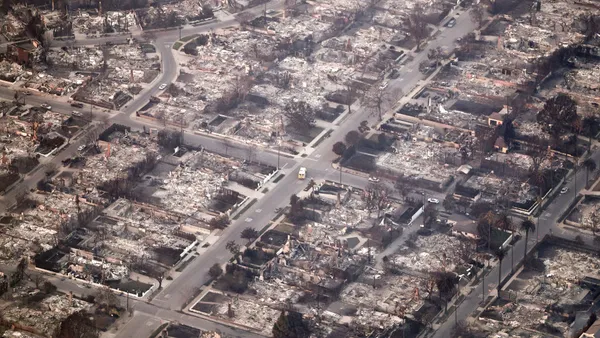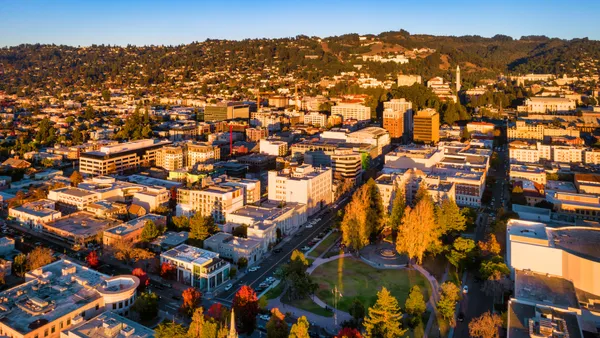Dive Brief:
- Housing and care are becoming more unaffordable and inaccessible for older adults, a U.S. population that has grown about 34% since 2012, according to a report released Nov. 30 by Harvard University’s Joint Center for Housing Studies.
- The need for affordable housing and care for older adults will only grow as the Baby Boom generation reaches age 80, increasing the population of the oldest adults, and the wealth and income inequality gap widens, the report states.
- Zoning reforms, housing financing incentives, a wider range of housing options, and better coordination of health and housing support programs are among the strategies the report suggests to address the shortfall.
Dive Insight:
The U.S. population of adults at least 65 years old has soared from 43 million to 58 million over the last decade. This population is struggling to secure affordable and accessible housing and get the services it needs to stay in such housing. Older adults often have fixed or declining incomes, and in 2021, almost one-fifth of them spent more than 30% of their income on housing. Homelessness among older adults also is on the rise, the report states.
“It’s a wonderful thing that the older population is growing overall and people are living longer than a generation ago,” said Jennifer Molinsky, project director of the JCHS Housing an Aging Society Program and lead author of the report, during a webinar about the study Nov. 30. “But the supports people need to stay in their community and their homes are expensive and hard to procure.”
These older adults often need assistance with maintaining their health and independence. Over half of adults over age 80 report at least one disability, and older adults can experience complications with mobility, vision, hearing, cognition or self-care.
“People who are low-income, or people of color, experience these functional difficulties earlier in life, including how to access and utilize their house,” said Samara Scheckler, a research associate with JCHS, during the webinar. “Modifications are an increasingly important tool because better-fit housing can improve the lifestyle of those with housing difficulties.” But few U.S. homes have single-floor living, no-step entries, and wide hallways and doorways — three key features that can make homes more accessible to those with disabilities, the report states.
Meanwhile, mortgage debt among older adults is on the rise, with homeowners of color facing higher mortgage debt burdens. While older White homeowners have a median housing equity of $251,000, older Black homeowners have less than half of that at $123,000. Such housing equity becomes increasingly insecure where homes are threatened by climate change. States older adults tend to favor, like Florida and Arizona, face threats of extreme heat and extreme weather like hurricanes and flooding, creating growing risks for the increasing number of older adults lacking homeowners insurance or flood insurance.
The U.S. needs a variety of affordable housing options for older adults, Meghan Rose, general counsel and chief government affairs officer at LeadingAge California, a nonprofit focused on housing older adults, said during the webinar. “They deserve to age in a house of their choice, whether that’s an affordable apartment in a community with other older adults, or a home they’ve owned for years that needs accessibility modifications, or an [accessory dwelling unit] in a loved one’s backyard.”
Long-term care is increasingly just as unaffordable, and just as essential, for older adults as housing, the report states. The median cost of a U.S. home health aide is $27 an hour with a four-hour minimum, or more than $100 per day, it states. When these costs are added to the cost of housing, only 14% of adults over age 75 living alone across 97 metro areas can afford a daily caregiver visit, and only 13% can afford to move to assisted living without dipping into assets, the report states. With the high costs of housing and care, homelessness is on the rise among older adults, it notes.
While government-funded rental assistance can provide support for low-income older adults, the demand far outstrips supply, according to the report. “For years, the data in these reports have pointed to this oncoming older adult homelessness crisis that we now find ourselves in,” said Rose, adding that by 2040, California alone will have 623,000 new older adult rental households.
“With subsidies for housing and [long-term care] services scarce, many older adults will have to forgo needed care or rely on family and friends for assistance,” Molinsky said in a press release about the report. “More funding would be [a] start, but there is tremendous need for creative alternatives to existing models of care and housing to better support the country’s rapidly aging population.”


